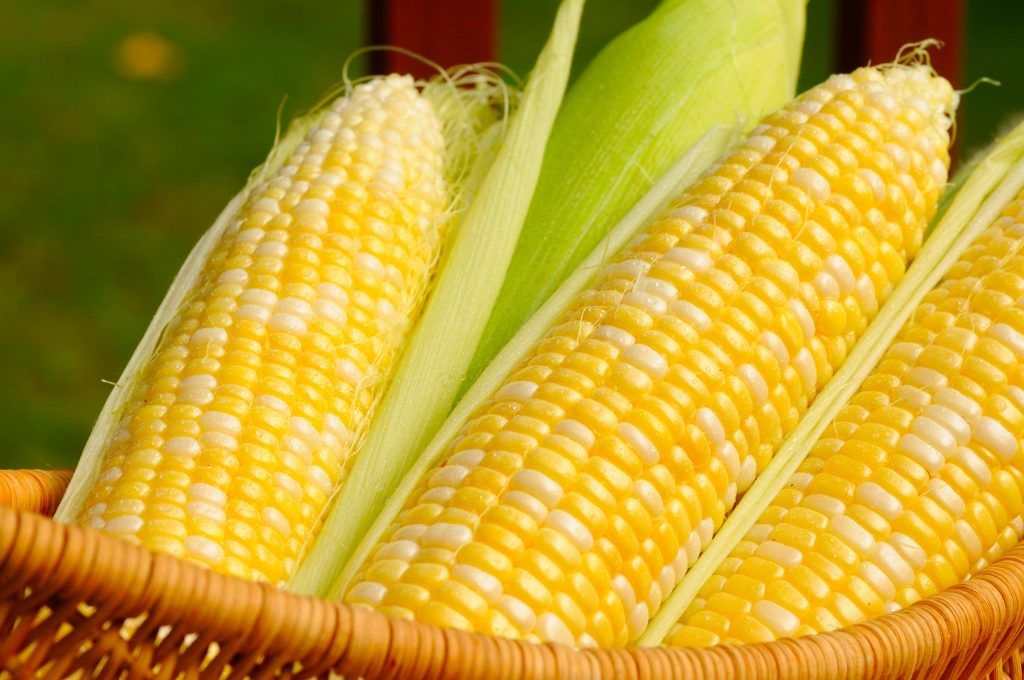FAO reported that a study in Mexico suggests that the higher interregional trade costs of fruits compared to maize, coupled with food livelihood constraints, prevent farmers from specializing in cash crops such as fruits.
Trade costs explain much of the relative employment between corn and fruit and lower productivity in agriculture.
So, according to the FAO benchmark, a reduction in interregional trade costs in Mexico to the level of the United States would increase the employment ratio between cash crops and commodities by 15% and could generate a 13% increase in per capita agricultural productivity.
Overall, trade costs have important implications for structural transformation in developing countries.
High trade costs in food and agriculture can translate into lower trade and expansion of agricultural sectors.
FAO argues that food is a necessary commodity and, in low-income countries, low food imports can result in a large proportion of labor and other resources being devoted to food production to meet the country’s subsistence needs.
Trade costs of maize
For example, in low-income countries in 2019, where they face high trade costs, the share of agriculture in total employment is very high, 59% on average.
Reducing trade costs promotes trade, and countries characterized by low agricultural productivity per worker would increase food imports.
For FAO, this would help meet subsistence food needs and free workers from agriculture to other more productive sectors of the economy.
With flexible and well-functioning labor markets, this reallocation of labor would result in increased agricultural productivity per worker and contribute to economic growth.
Also, increased trade would help the diffusion of knowledge and technology, which would contribute to higher productivity.
However, with more and cheaper food imports, this process of structural transformation would entail losses, especially on the part of farmers who are unable to increase their efficiency and compete in more open markets.
Empirical evidence at the farm level sheds light on the relationship between trade costs, agricultural productivity and food subsistence needs.
For example, in Peru, reductions in trade costs resulting from improvements in road infrastructure increased agricultural productivity by 5 percent.
At the same time, about 20 percent of farmers were found to be worse off, as reduced trade costs allowed other sellers to enter the market and strengthened competition.

